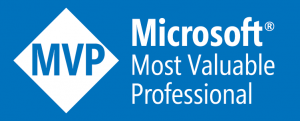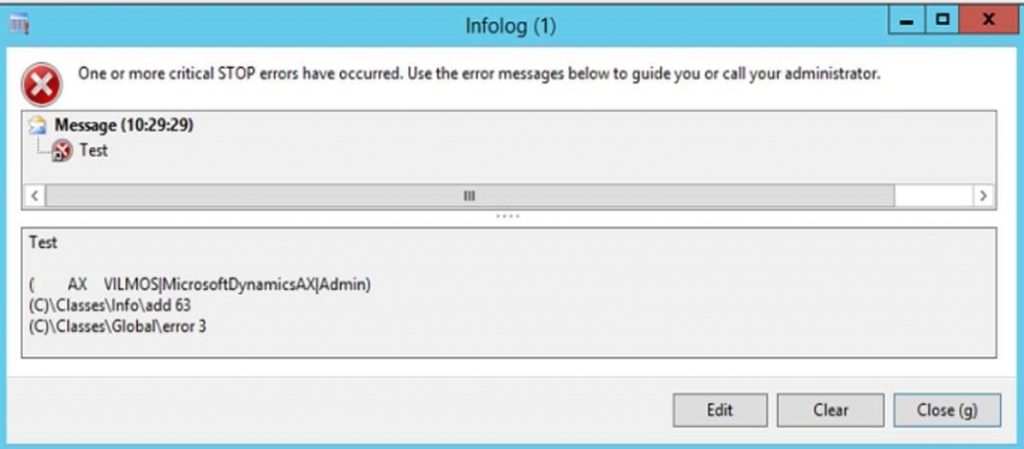Implementing Microsoft Dynamics 365 for Finance and Operations – Book review
It has been very busy times in the past couple of weeks, by doing the preparation steps for our upgrade to Dynamics 365 for Finance and Operations at JJ Food Service. As you can imagine it is not an easy task with an AX system that has been running for 11+ years, upgraded for every major version since 3.0 with a 2TB+ database size. As the Technical architect and with no partner involved I needed to understand all the components, challenges to be expected, processes to be completed in order to carry out a successful move to the cloud. Fortunately I have received an editorial copy of Implementing Microsoft Dynamics 365 for Finance and Operations.
First of all I really like the idea that the book starts with an introduction of the various Dynamics 365 products and reporting/data management tools, since Microsoft’s intention is to bundle together different applications in the cloud via a subscription-model. This gives a great overview of the available tools. One point to mention here is that CRM has been split up and compartmentalized as different, smaller applications. This is the direction where Dynamics AX is heading as well eventually.
The Implementing Microsoft Dynamics 365 for Finance and Operations book is also touching up on Application Lifecycle Management (ALM), through the utilization of LifeCycle Services (LCS) portal. This is what we use for managing and architecting our environments, going through the project implementation, mapping our business processes, deploying data packages and releasing code.
Since the book is aimed at audience like myself, technical architects with a strong development background, I have found this book to be an excellent resource for getting into the nooks and crannies of using Visual Studio for development, VSTS for version control, walking through the various major changes like ditching AIF for RESTful API, JSON and OData.
I also really like that the book touches up on the automated testing part, which is very much neglected in most implementation projects. I would expect that it would change in the future, forcing customers and partners to provide testing in some form before code could be applied in a Production instance with a certain code coverage threshold met.
All-in-all I found the details very well summarized in the book, and is a great starting point to build essential knowledge for a new AX 7 implementation project. The rest could be filled in by reaching out to the extensive Microsoft Docs site as a detailed technical and user manual, if you need more insight into the various areas.





